School Highlights
Texas Southmost College serves 10,342 students (19% of students are full-time).
The college's student:teacher ratio of 13:1 is lower than the state community college average of 23:1.
Minority enrollment is 97% of the student body (majority Hispanic), which is more than the state average of 74%.
Quick Stats (2025)
- Enrollment: 10,342 students
- Student:teacher ratio: 13:1
- Minority enrollment: 97%
- Source: Integrated Postsecondary Education Data System (IPEDS)
Top Rankings
Texas Southmost College ranks among the top 20% of public schools in Texas for:
Category
Attribute
School Resources
School Overview
The teacher population of 816 teachers has stayed relatively flat over five years.
Texas Southmost College
(TX) Community College Avg.
Carnegie Classification
Associate's Colleges: High Transfer-High Nontraditional
Baccalaureate/Associate's Colleges: Associate's Dominant
Institution Level
At least 2 but less than 4 years
At least 2 but less than 4 years
Institution Control
Public
Private, for profit
Total Faculty
816 staff
262 staff

School Calendar
Student Body
The student population of Texas Southmost College has grown by 45% over five years.
The student:teacher ratio of 13:1 has increased from 11:1 over five years.
The Texas Southmost College diversity score of 0.21 is less than the state average of 0.70. The school's diversity has grown by 117% over five years.
Total Enrollment
10,342 students
1,396 students
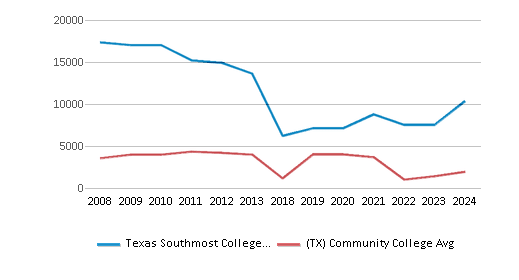
Student : Teacher Ratio
13:1
23:1
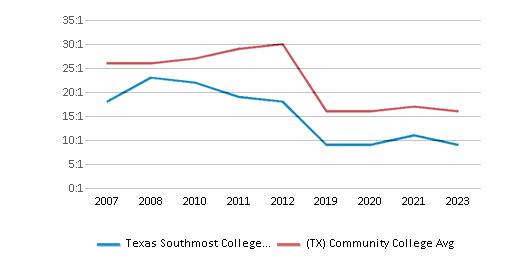
# Full-Time Students
1,981 students
890 students

# Part-Time Students
8,361 students
4,022 students
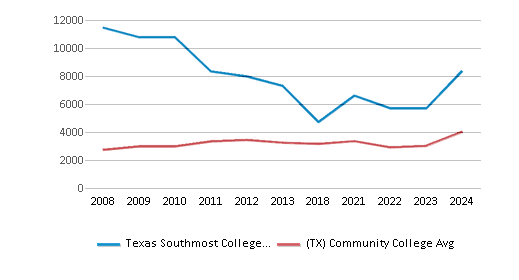
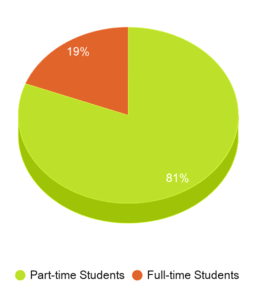
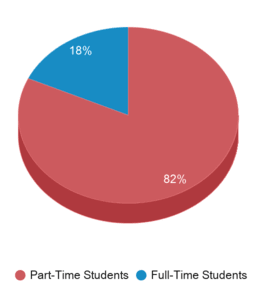
# Enrollment Undergraduate
103 students
403 students
# Full-Time Undergraduate Students
1,981 students
890 students
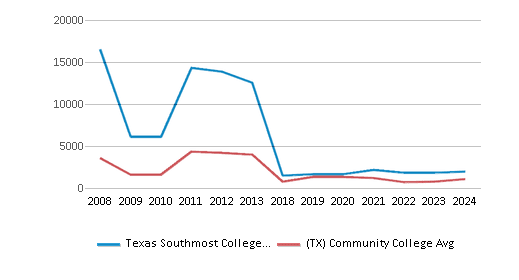
# Full-Time Graduate Students
n/a
40 students
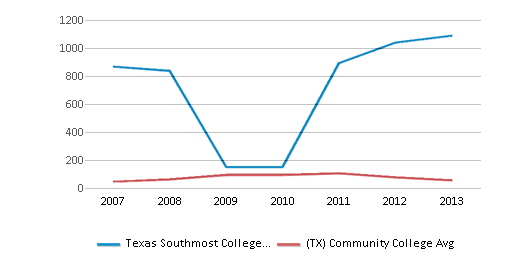
# Part-Time Undergraduate Students
8,361 students
4,022 students
# Part-Time Graduate Students
n/a
47 students
Total Dormitory Capacity
n/a
252 students
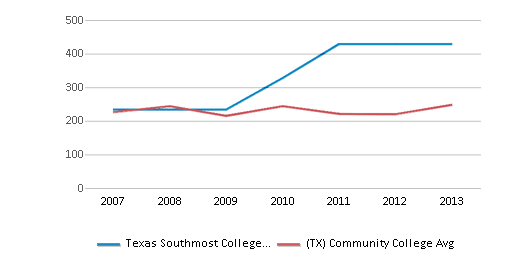
% Asian
n/a
6%
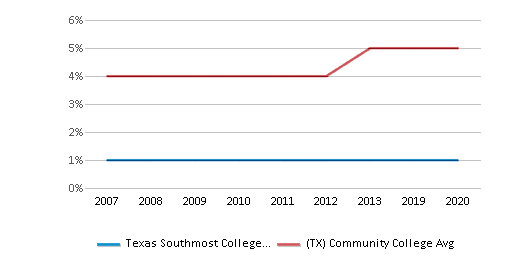
% Hispanic
89%
46%
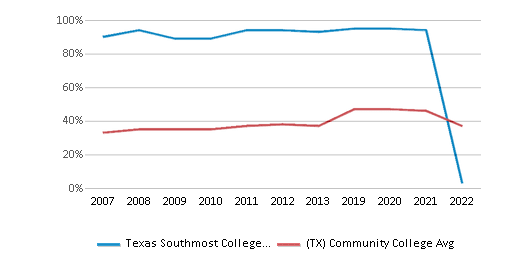
% Black
n/a
14%
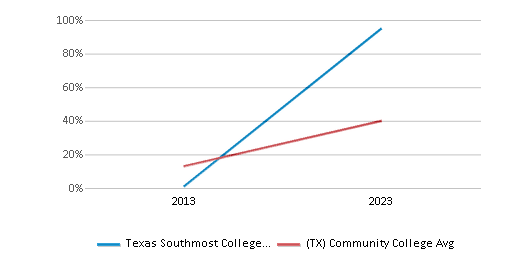
% White
3%
26%
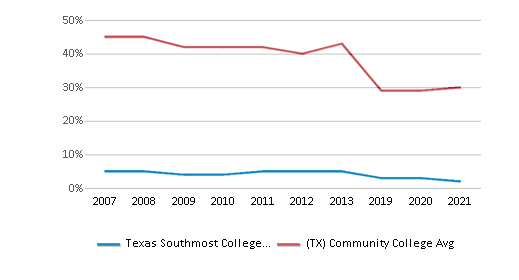
% Hawaiian
n/a
n/a
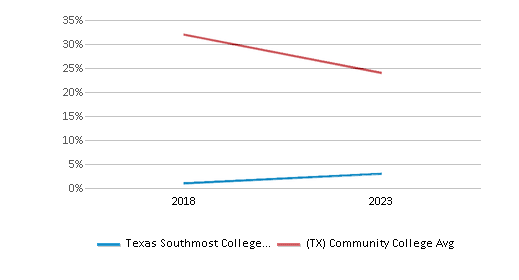
% Two or more races
n/a
3%
% Non Resident races
n/a
2%
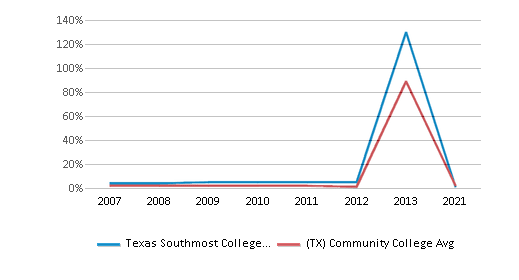
% Unknown races
7%
3%
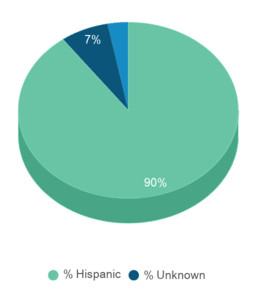
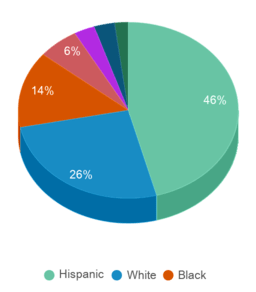
Diversity Score
0.21
0.70
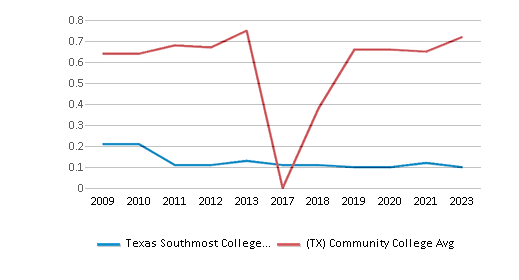
College Completion Rate (Students who graduate in less than 4 years)
0.3221%
0.5469%
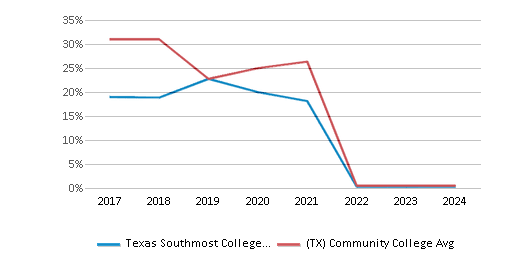
College Completion Rate (Students who graduate in 4 years or more than 4 years)
n/a
0.3357%
Average Graduate Earnings (10 Years)
$34,800
$34,600
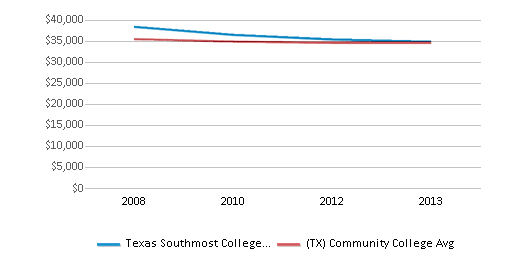
Tuition and Acceptance Rate
% Students Receiving Some Financial Aid
100%
84%
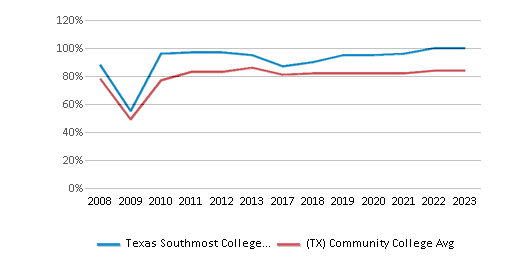
Median Debt for Graduates
$8,809
$10,765
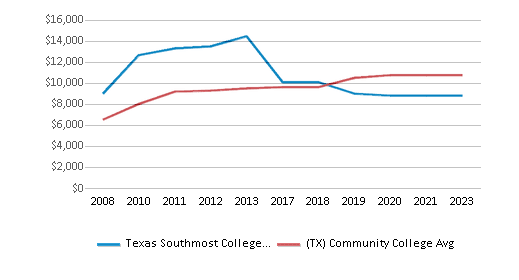
Median Debt for Dropouts
$5,250
$5,500
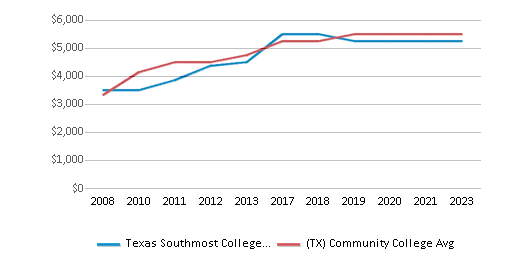
Acceptance Rate
n/a
81%
Source: 2024 (or latest year available) Integrated Postsecondary Education Data System (IPEDS)
Frequently Asked Questions
What schools are Texas Southmost College often compared to?
Texas Southmost Collegeis often viewed alongside schools like Texas State Technical College-Harlingen, South Texas College by visitors of our site.
What is Texas Southmost College's ranking?
Texas Southmost College ranks among the top 20% of community college in Texas for: Average community college minority breakdown and Percent of students receiving financial aid.
Recent Articles

Obtaining Your Bachelor's Degree at a Community College
Explore the evolving landscape of community colleges offering bachelor's degrees, addressing affordability, accessibility, and workforce needs.

A to Z of Community College Certificates and Courses
From business and healthcare to technology and skilled trades, the article showcases the breadth of options available to students seeking to enhance their knowledge, develop new skills, or pursue career advancement.

What is a Community College?
This comprehensive guide explains what a community college is, its history, and its role in higher education. It covers the types of programs offered, differences from four-year colleges, benefits of attending, and important considerations for prospective students, providing valuable insights for those exploring educational options.









